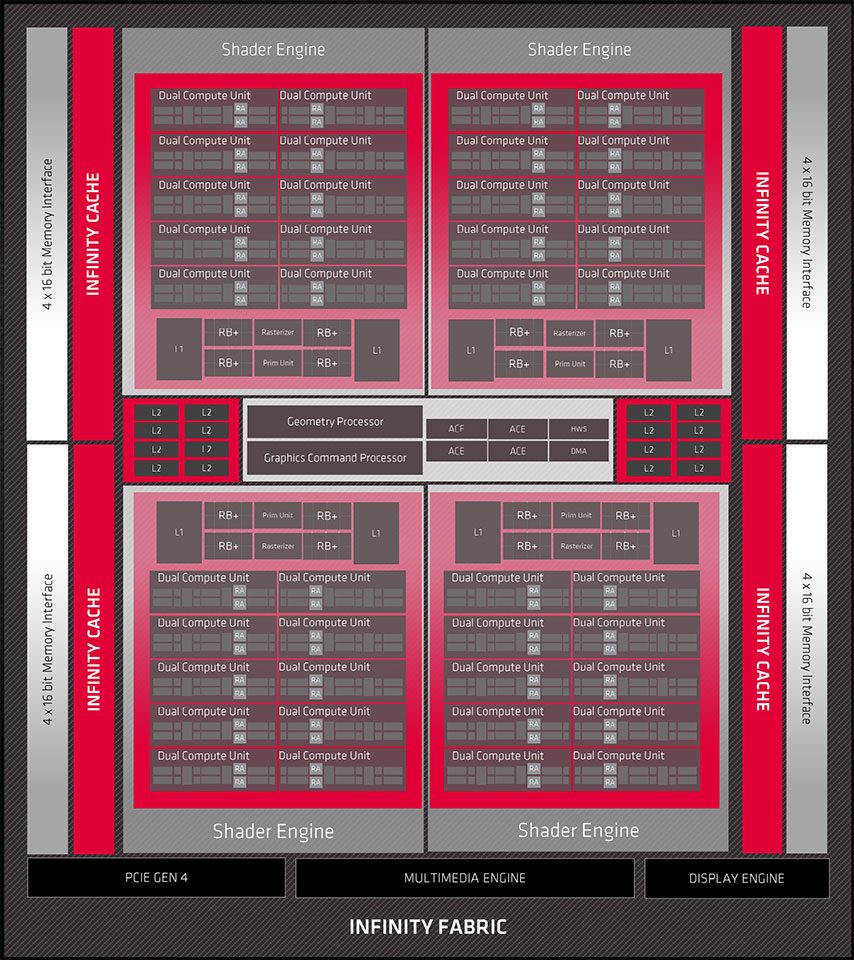I guess it should be both: ray tracing performance will improve with new drivers (or perhaps on new games that were made with RDNA2 RT hardware in mind), but we should also expect for nvidia's 2nd generation of RT to be more effective than AMD's 1st generation.
My problem is now how much
excess RT (with hardly perceptible IQ differences) nvidia will be trying to force into newer games, just to get a higher performance delta from their competition in benchmarks.
It's exactly what they did with excess geometry / tessellation for years (
Crysis' hyper-detailed concrete slabs, Witcher 3's subpixel triangles for hair strands, etc.) and I fully expect them to use the same tactics.
I hope AMD's stronger influence on game development might hamper this somewhat, but nvidia does seem to have a very strong grip on developer relations.


